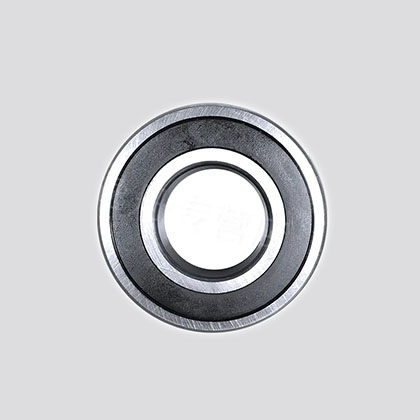



Categories: 6300 Series Bearing
[wpdatatable id=47 table_view=regular]
The mass fraction of base oil in grease accounts for 75~96%, and its performance mainly depends on the properties of the base oil. In particular, low-temperature fluidity and service life at high temperatures are closely related to the base oil. Generally, grease with a low viscosity base oil is suitable for low temperature and low load, and when the grease has a high viscosity base oil, it is suitable for high temperature and high load. There are two types of base oils used in grease: mineral oil and synthetic oil. The most commonly used synthetic base oils are: lipid oils, synthetic hydrocarbon oils, perfluoropolyethers, silicone oils and polyphenylene ethers, etc.
Thickener generally accounts for 4 to 20% of the mass fraction of thickener. Its function is to suspend the base oil, reduce the fluidity of the base oil, and improve the adhesion between the oil and the friction surface. There are two types of thickeners: metallic soap base and non-metallic soap base. The critical operating temperature, mechanical stability, water resistance and other properties of grease are mainly determined by the thickener. For example, sodium soap base and water will react and form a latex, which cannot be used in bearings operating in high-temperature atmospheres.
The mass fraction of the base oil in the grease accounts for 0~5%. Additives are used to improve the performance and life of the grease. According to their functions, they can be divided into: tackifiers (strong adhesion), antioxidants, extreme pressure agents , corrosion inhibitors, etc.
The characteristics of the grease (viscosity, penetration, etc.) and the filling amount of the grease will affect the rotation torque of the bearing, which will further affect the rotation speed and cause temperature rise.
Generally speaking, as the filling amount of lubricant increases, the rotational torque increases, which will lead to temperature rise and speed fluctuation. For the same grease filling amount, the higher the viscosity, the greater the rotational torque.
NSAR are widely used in household appliance. micro-motors electrical tools garden machinery, motorcycles,automobiles,medical equipment, sports machinery, textile machinery and agricultural machinery.
The bearings we manufacture are all low noise,low vibration,low friction, high precision, high sealed,high turning speed and long life.
Quality is the key point for the NSAR. bearing’s growth and development, which always regards the improvement of high quality and service as the long-term-development strategy. NSAR has passed IS09001: 2000, 1S09001: 2008, and will struggle for the NSAR in long term.
The following table lists some of the problems that arise due to increased rotational torque.
[wpdatatable id=48 table_view=regular]
Note:Penetration is a measure of the tightness of a grease. The measuring device is a cone of a specific weight and shape. Penetration is the depth of penetration into the cone (unit is 1/10mm).
[wpdatatable id=49 table_view=regular]
Copyright © NSAR Bearings. All rights reserved. Privacy Policy